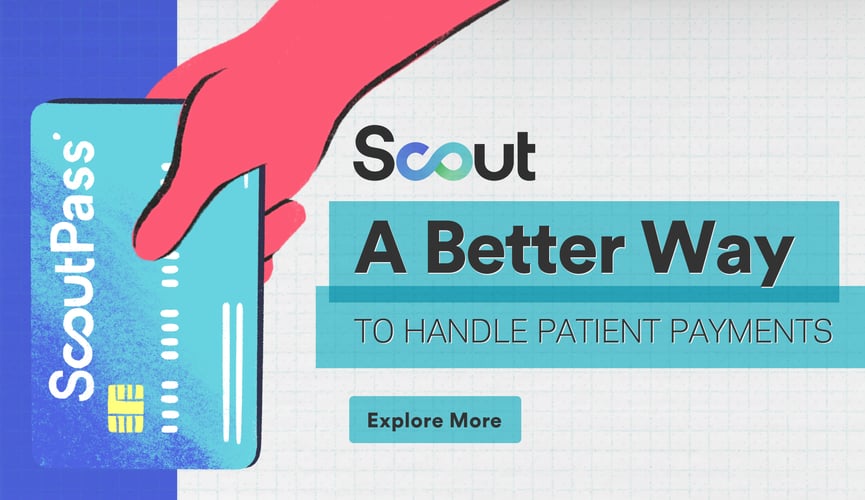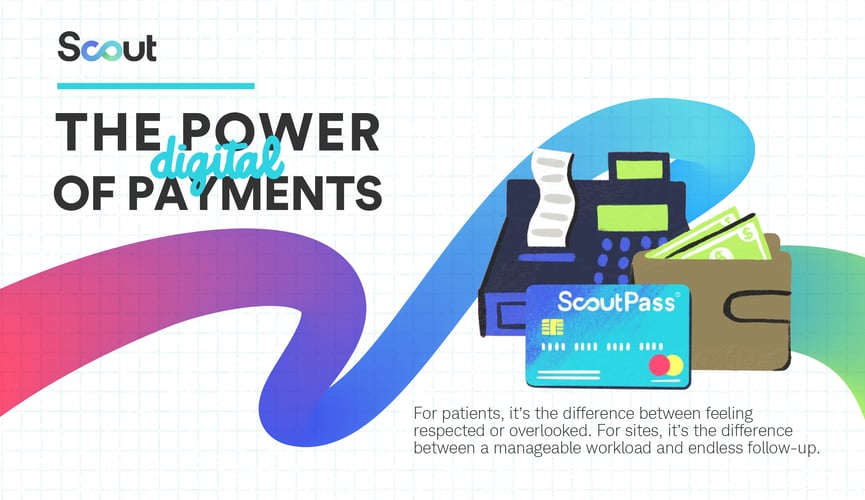
Participating in a research study often means spending time, energy, and personal money long before any reimbursement arrives. Travel costs stack up. Meals and childcare need to be covered. Some participants have to take time away from work. When payments are slow or limited to a single method, the burden grows heavier and the study becomes harder to stay in.
That’s why the way you pay participants matters. Choice matters. Speed and simplicity matter. Every option’s got to fit a real life (and a real household budget).
What are participants actually looking for?
Most participants aren’t thinking about “payment solutions.” They’re thinking about getting money back quickly without having to jump through hoops. They want clear timing. They want something that fits the way they already manage their money. They want to avoid surprise fees, and they want a method that works whether they bank online, use a mobile wallet, or prefer paper checks.
When those needs are met, participation becomes far more manageable.
1. Direct deposit
Direct deposit works well for participants who already use online banking. Funds go straight to their account, easy peasy. There’s no waiting for a card or a check to arrive by mail. Many people prefer this because it keeps all their finances in one place. It’s also helpful for longer studies with frequent visits because money arrives at a predictable speed.
Some participants may not have a bank account or may prefer not to use it for study-related expenses. This is where other methods come in.
2. ScoutPass®reloadable debit card
A reloadable debit card gives participants quick access to their reimbursement without needing a bank. The ScoutPass® card can be used in stores, online, or at ATMs where available. It is a strong option for people who want money they can use right away. It is also useful for participants who manage shared expenses with family members or caregivers.
The only tradeoff is that replacing a lost card takes time. For many participants, the convenience outweighs the drawback.
3. PayPal, Venmo, and other electronic wallet options
Many participants prefer to keep everything on their phone. Mobile wallets like PayPal and Venmo give them immediate use of their reimbursement. These apps are familiar and easy for people who already pay bills or receive money this way. They are especially helpful for younger participants and caregivers.
These options are not available everywhere, and some participants may still want a method that offers cash access without extra steps. That’s where checks come in.
4. Checks by mail
Plenty of participants still prefer paper checks. Some feel more comfortable with a physical document they can deposit on their own schedule. Others don’t use smartphones or online banking. For these participants, a check provides a method that feels familiar and predictable.
Checks do take longer to arrive and need to be deposited. Even so, they remain important for participants who trust this format above all others.
Having more than one option boosts study retention
Financial strain is one of the most common reasons participants withdraw from a study. When a payment method does not match a person’s daily life, delays and frustration follow. Giving participants several options lets them choose the method that feels easiest. That choice reduces stress. It lowers the chance of missed visits. It helps sites avoid payment-related questions that eat up time.
Better payment support keeps people in the study. Everyone benefits from that.
Flexible payment methods support equity in clinical research
Payment flexibility’s bigger than just a perk; for many participants, it’s an issue of access. Not every participant has a bank account, or a smartphone. Some communities rely more heavily on cash, while others may share financial responsibilities across family units. Offering multiple payment types ensures that people with different incomes and different levels of digital comfort can still join and stay in research.
This is how studies include a broader range of voices and experiences—and how representation improves. Participation can become easier (and in some cases, possible at all) for people who have been left out in the past.
Click here to read more about engaging and retaining more participants in clinical research.
Simple for participants, simple for sites
Behind the scenes, Scout manages the rules, currencies, and compliance requirements tied to each payment method. It’s all straightforward: Sponsors set the parameters, Scout handles the rest. Sites don’t need to issue or track payments. Participants receive support and clear instructions that walk them through whatever option they prefer.
Participants deserve payment methods that fit their real lives. Offering more than one option reduces burden, improves retention, and supports equity in research. When payments are easy to access, participation becomes easier to sustain. That’s the goal, every time.
Want to learn more? Explore Scout’s flexible options for patient payments.
.png?width=1387&height=800&name=Scout_Logo_RGB%20(1).png)


